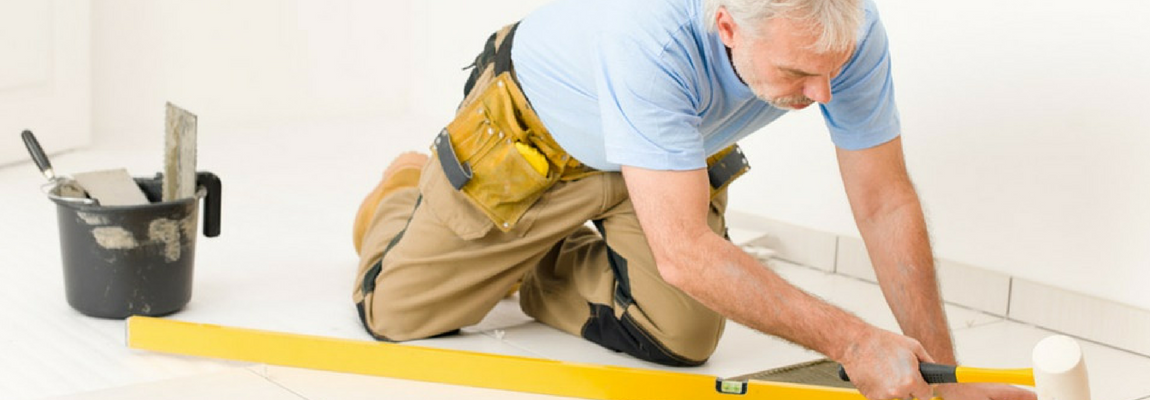Many homes, particularly those that are older, have undergone some capital improvements and additions over time. Investors may be wondering how they can claim tax depreciation for work that was done to their investment property by previous owners if they do not know the dates and costs of those works. This is where a suitably qualified quantity surveyor brings additional value to your investment.
Quantity surveyors are recognised by the ATO to be suitably qualified to estimate construction costs at a given point in time. The experience and research skills of your quantity surveyor will be able to effectively date and cost the works of a property and produce a timeline of the history of that property, for the purpose of calculating capital works or tax depreciation deductions.
What this means to the investor, is that most of the improvements and additions completed on a property over time, even by previous owners, become eligible for tax depreciation for the current owners. The more substantial and recent the improvements and additions have been made, the greater the deductions are claimable.
For a personalised, free desktop assessment of your property, with an obligation-free quote for service, visit “Get a free quote.”
Renovations and Depreciation
The purchasing of older or “cosmetically tired” properties for improvement and holding has become a very popular and often rewarding strategy for many property investors.
The exciting news for investors looking for properties to renovate and improve for investment purposes is that all the efforts they put into enhancing the property before renting it out can be considered eligible for certain tax benefits.
These improvements can lead to increased depreciation, which, in turn, allows investors to claim higher tax deductions on the property’s depreciation expenses. This means that investors can potentially save more on their taxes while building a more attractive property for potential tenants.
The decision about what types of improvements an investor will make to maximise their return on investment is influenced by many factors including budget, costs, target market, durability, and style. An additional factor worth considering is the tax depreciation claims that a particular type of improvement or addition will generate.
For example, when considering floor coverings, carpet as a Division 40 plant and equipment asset, with a shorter effective life, depreciates at a faster rate than floor tiles which are Division 43 construction assets.
This means that carpet will attract a higher rate of depreciation in the earlier years, and depending on cost differentials, is likely to generate higher deductions for the investor earlier on.
Additionally, higher spec fixtures and fittings will cost more at the outset but can generate larger deductions at tax time.
Scrapping/Disposal of Assets
Investors may not have considered that there is residual value in the items they are throwing or giving away during the renovation process.
You may be thinking that the old bathtub, kitchen cupboards and tiled floors are so old that there is no value left in them anyway, but you will be surprised. Any of these works that have been done within a qualifying capital works period will likely have residual value available to be claimed upon removal/disposal.
The rules for the depreciable assets such as carpet, curtains, cooking appliances and hot water systems could also have some immediate scrapping value that is claimable under specific circumstances too.
The key to utilising this nifty strategy is to ensure that your quantity surveyor can value those items. This can be done via a pre-renovation inspection, or via photos and notes taken of the assets prior to removal.
It is common for investors to claim up to $5,000 for “scrapping” for a reasonable renovation. Some clients have even claimed up to $100,000! Combined with the claims of your new assets, the scrapping of old assets makes a great contribution to keeping your tax down at the end of financial year.
And…we don’t charge extra to include scrapping to our Tax Depreciation Schedules. Most of our competitors do, so if you have renovated, or plan on renovating, be sure you don’t end up paying extra when it comes time to order your Tax Depreciation Schedule.
Examples of effective lives to consider when renovating – remember shorter effective lives = higher depreciation rates:
- Asset Effective Life
- Floor tiles (Division 43) 40 years
- Carpet (Division 40) 10 years
- Floating timber floors (Division 40) 15 years
- Fixed louvres (Division 43) 40 years
- Curtains (Division 40)
- Blinds (Division 40)
Can I Claim Against My Own Labour?
An investors own labour in completing renovations or additions, or the unpaid labour of family and friends cannot be included in calculating the depreciable construction cost.
Fees paid to a third party for labour carried out when renovating are eligible to be included in the construction costs.
Assets Purchased at a Discount
The legislation surrounding tax depreciation requires that actual costs are used, where those actual costs are known or available. This means that where assets have been purchased by the investor at a discount, it is the discounted cost that is included for tax depreciation purposes.
Missing receipts
As stated above in Assets Purchased at a Discount, tax depreciation legislation states that actual costs must be used where those costs are known, or available.
When an investor does not recall the costs of an asset, and does not have evidence of the cost (e.g. a receipt), quantity surveyors are qualified to estimate those costs, based on their research of the market costs of those assets at the time of purchase and installation.
How can I claim for my depreciation?
Experienced property investors and professionals highly recommend having a tax depreciation schedule. Engaging a reputable quantity surveyor that is a tax depreciation specialist is important to ensure you don’t miss out on potential savings worth thousands.
To receive a quote for your residential property investment, simply complete our online “Get a free quote” form or call us at 1300 922 220. We will also provide an estimate of the deductions you can expect to achieve in the first full financial year.








